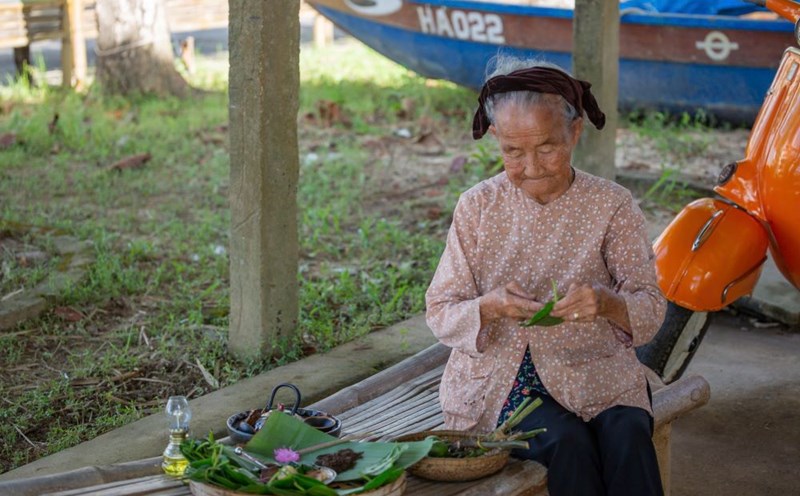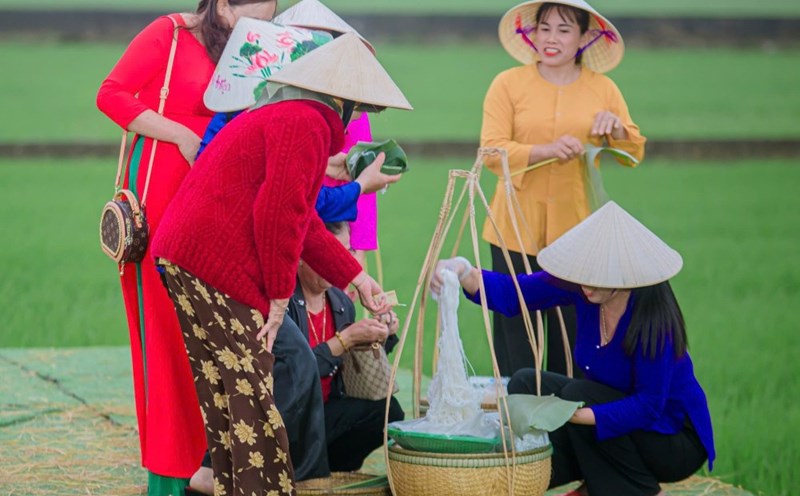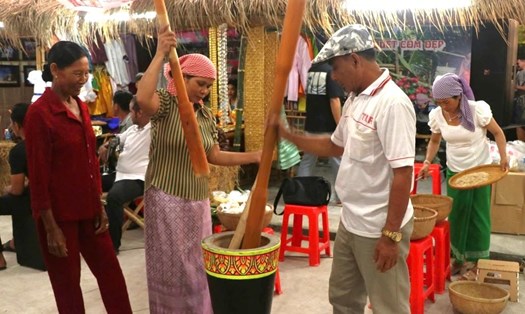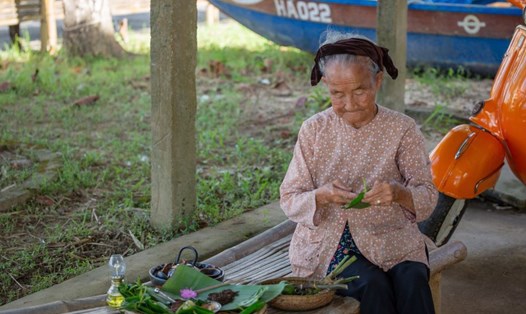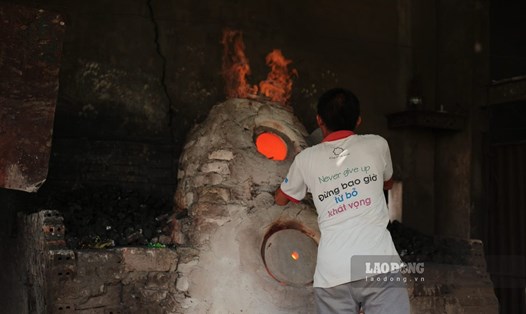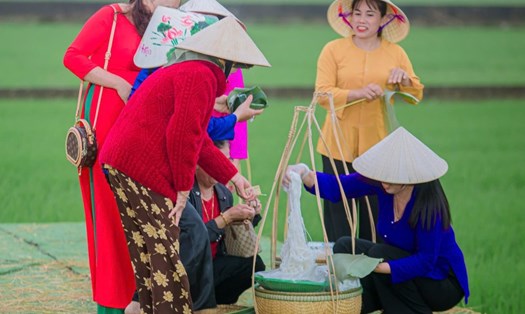Thousand-year-old technology
Located on the banks of the Nhue River, about 40km south of the center of Hanoi, Chuon Ngo village in Chuyen My commune. This village is considered the birthplace of Vietnam's male Mouse making craft, one of the ancient Thang Long citadel's art forms.
Mr. Nguyen Vinh Quang, Chairman of Phu Xuyen Men's Carpentry Association, said that according to historical books, the male carpentry profession was taught to the people of Chuon Ngo by the Ly Dynasty general Truong Cong Thanh since the 11th century. Since then, many of the village's products have been classified as endangered.
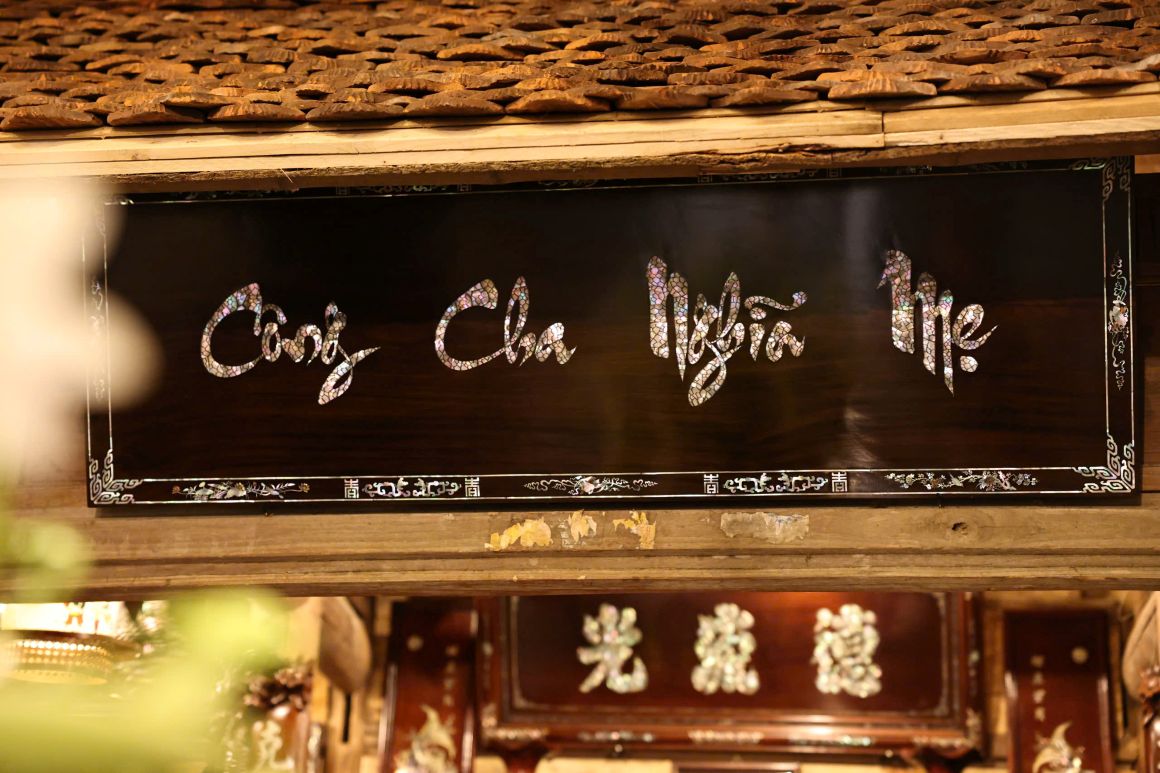
After nearly a thousand years of development, up to now, the whole Chuyen My commune has thousands of workers participating in the carpentry profession. Depending on the skills, male carpenters earn 6-15 million VND/month.
As a profession that requires high skills, a person who wants to learn men's carpentry often takes 5-10 years to be considered stiff, but to be good, he must constantly be creative all his life. Many people from other places have come to Chuon Ngo to learn a trade, then spread the craft of bamboo models across the North and South.
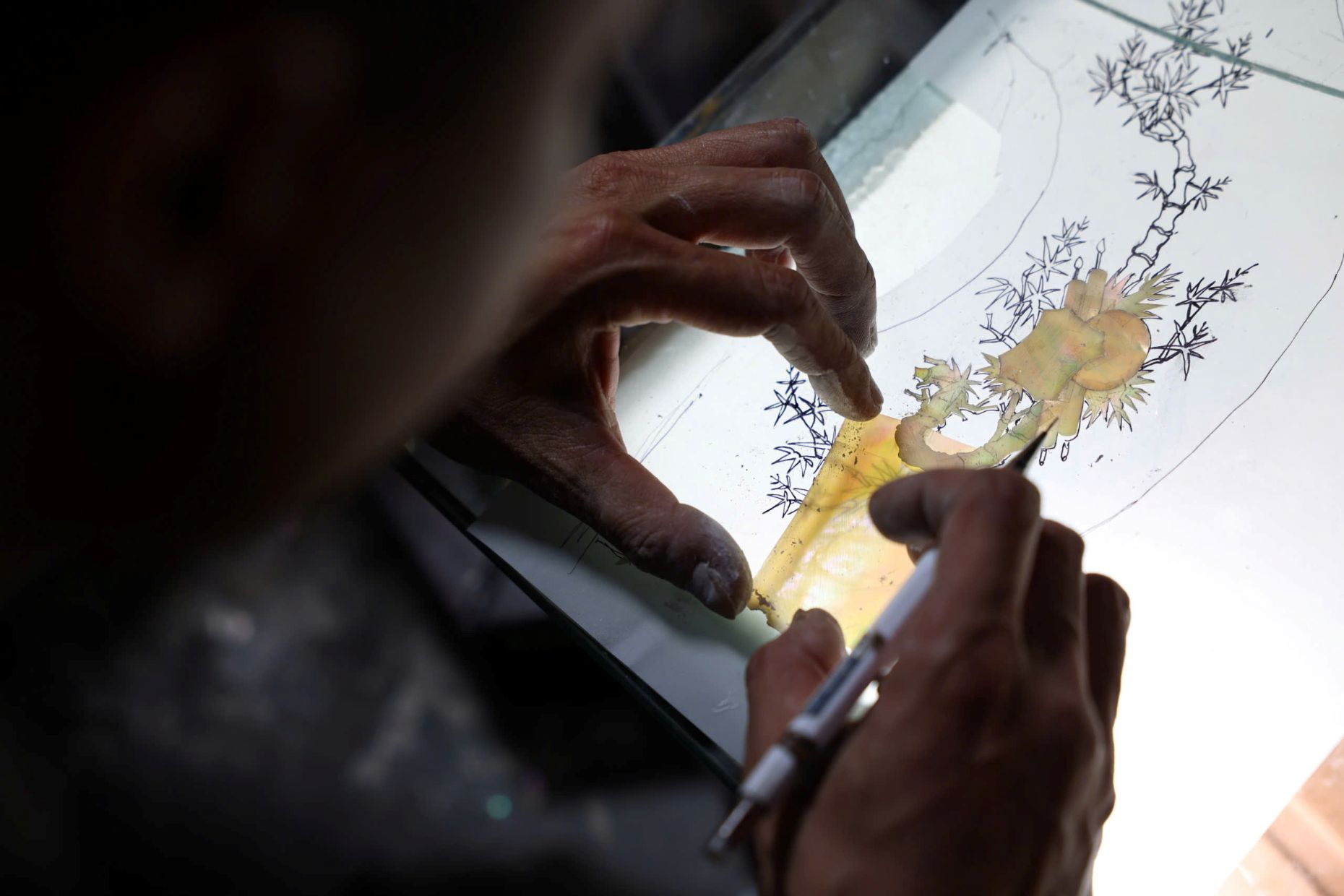
"The village's products are very diverse, from traditional designs such as khuan phi, phung to, run run run run, and sweet soup. Wall paintings have popular models such as the "Tung - Cuc - Truc - Mai" set or "Vinh Quy Hoan To"...
Recently, the workshops have also received portrait painting or subject painting. Depending on the design and quality of the ingredients, men's eyelash products cost from several million VND to billions of VND," Mr. Quang shared.
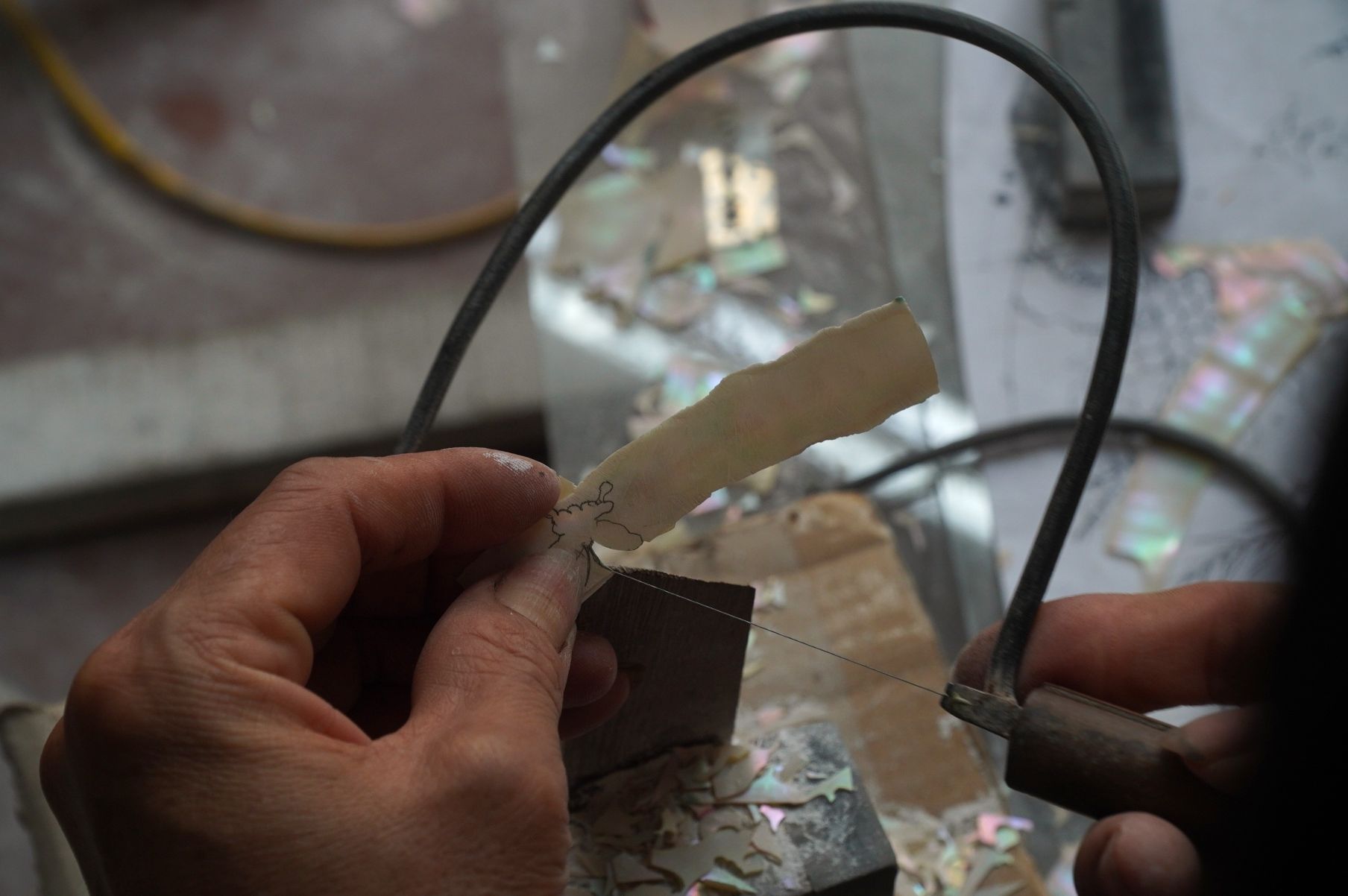
Artisans in Chuon Ngo said that the carving profession mainly uses only 4 tools, a saw, a machete, a baton and a pruning knife. The only simple ingredients are wood and male shells and lacquer.
The Chuong Ngo Hammer is highly appreciated for its meticulously cut, lively but intact, unbroken boy's skin details. To do that, before the artisan's operation, the male pieces must be soaked in wine and then taken to the fire.
With popular products priced from a few million VND to a few tens of millions of VND, the ingredients will be domestic wood and bamboo racks. Goods worth hundreds of millions of VND to billions of VND will be used with imported products of rosewood and colorful boy's skin.
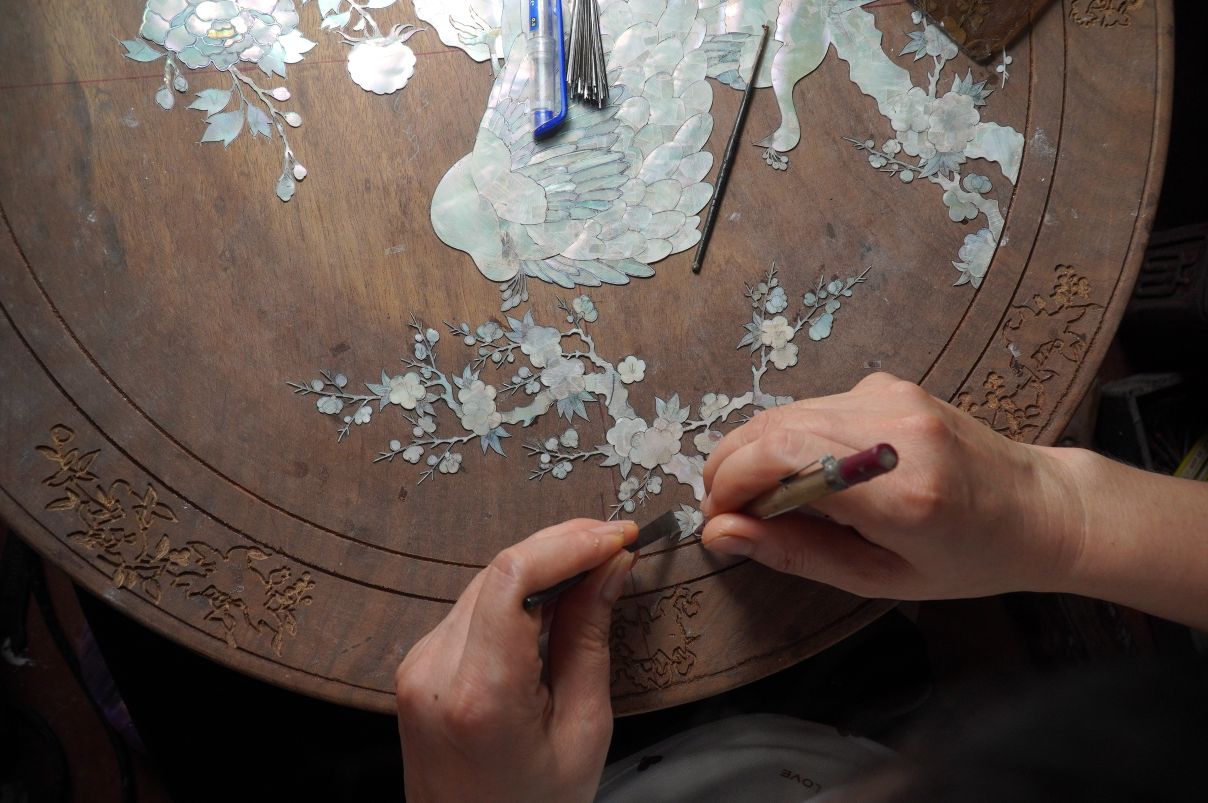
The Treadworks mainly use cotton, reed wood and especially Mun wood, because they are small, highlighting the tread and ironwood details, although precious but not suitable. Domestic men's skin has a moderate price, but the color is not too beautiful.
Expensive imported boy's shells cost up to 600 million VND/kg, but the color is brilliant, suitable for high-end products," said artisan Nguyen Ba Tue in Chuon Ngo village.
A finished carving product needs to go through the stages of drawing the sample, selecting the male shell and sawing the embankment, applying the embankment and wood mus, applying the male piece to the wood, and finally pruning and polishing.
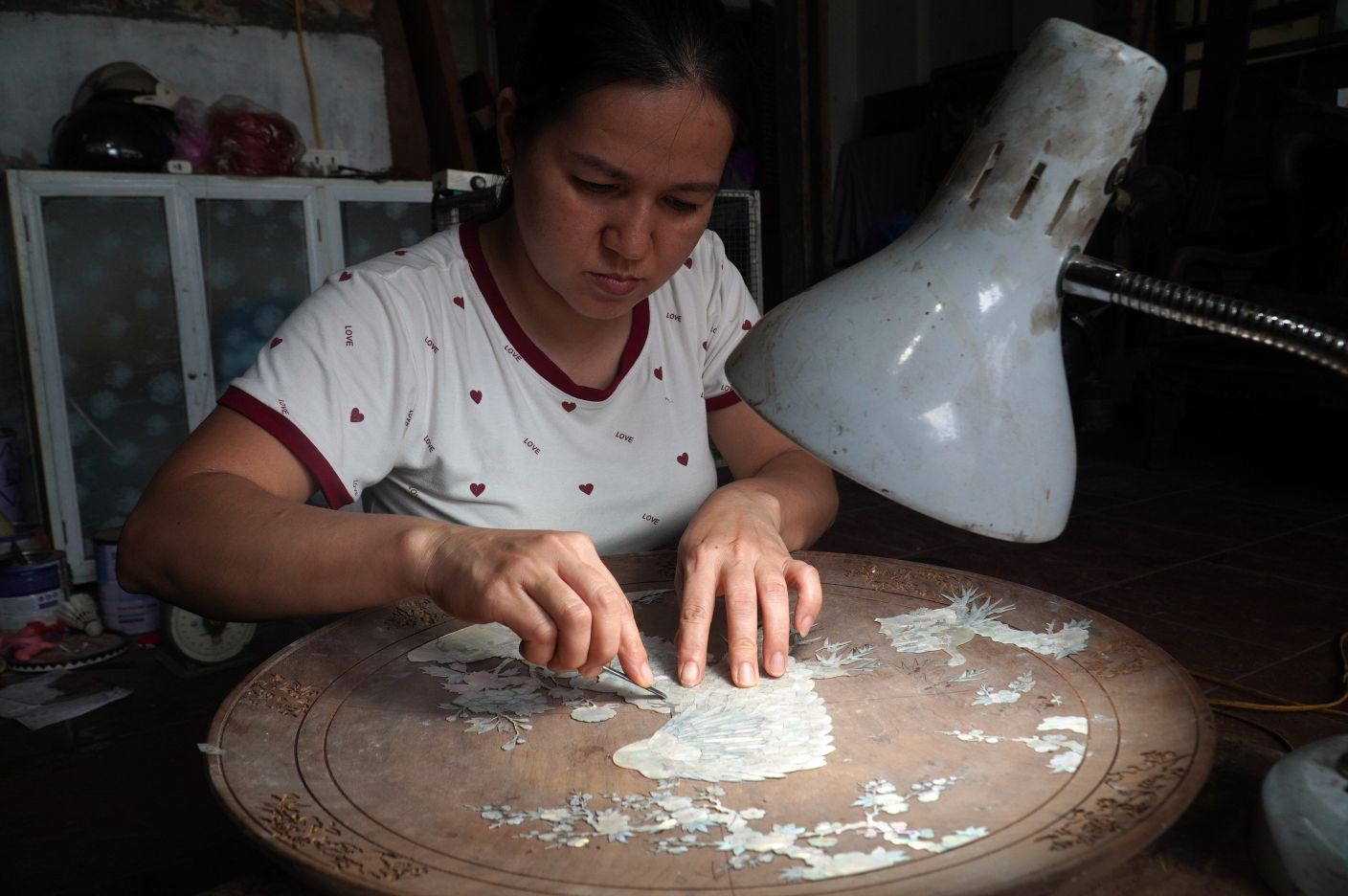
Usually, each worker only studies a stage of their entire professional life, so each product is the common effort of the collective. There are works that groups of artisans have to work together for half a year to get satisfied.
The whole village is like a live art program
Along the village roads in Chuon Ngo, the men's carpentry workshops are next to each other, bearing the sound of the baritone. The completed works are skillfully displayed, making the whole village like a lively museum.
The workshop is right at the beginning of the village, like every day, artisan Duong Van Hieu still carries the hand-picking of the boy's shells and receives the admiration of tourists.
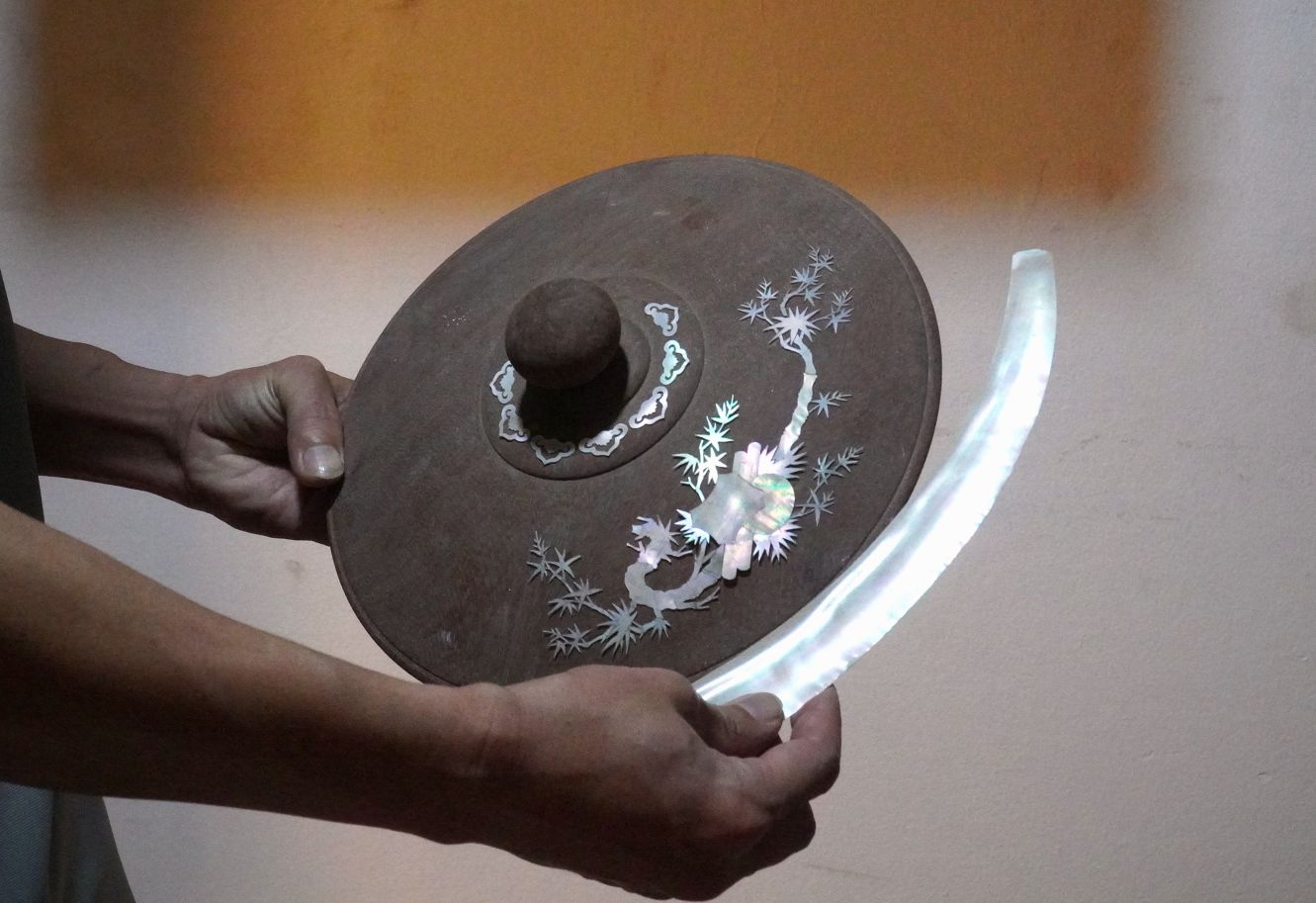
Learning to make lace since the age of 10, now in the profession for nearly 30 years, Mr. Hieu is confident that he can do all the steps well to create a beautiful lace product.
"I can saw a line, turn a piece of male shell into a long piece of thread without breaking it, this is an extremely difficult technique. I have also been in charge of completing works that have sold for over 1 billion VND, Mr. Hieu shared.
However, according to Mr. Hieu, his skills are still not among the number of teachers in the village. He said that male moustache workers are only about 50 years old when their skills are most mature.
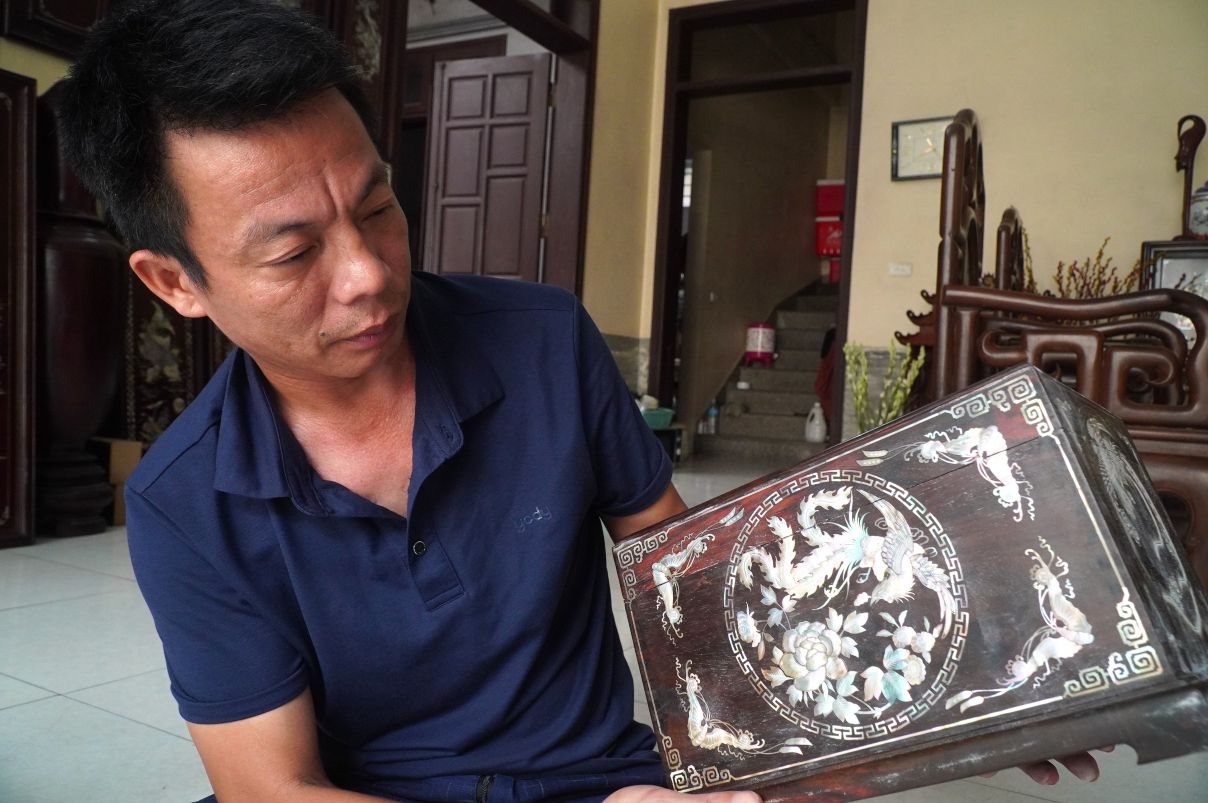
"To make beautiful products, you must think well to think of separate designs, and have a sharp eye to see details. But the most important thing is the hands, which are both soft to create vivid patterns and sturdy so that when cutting the bulbs, they do not shake. The requirements of the profession are very high, and it is mainly done by hand, so when the eyes start to blur, the hands start to shudder, I have to rest," Mr. Hieu added.
According to artisans in Zhongo, since around 1990, the village's products have been very popular with European and Chinese visitors. Many new product lines have been launched, the children can be toothpick tubes, chopsticks, plates, cardboard boxes, the big ones are souvenir paintings with the content of hometown scenery.
Especially recently, international visitors have been very popular with portrait paintings of Uncle Ho. The portrait painting genre is also considered difficult by Chuon Ngo carpenters, requiring the highest skills.
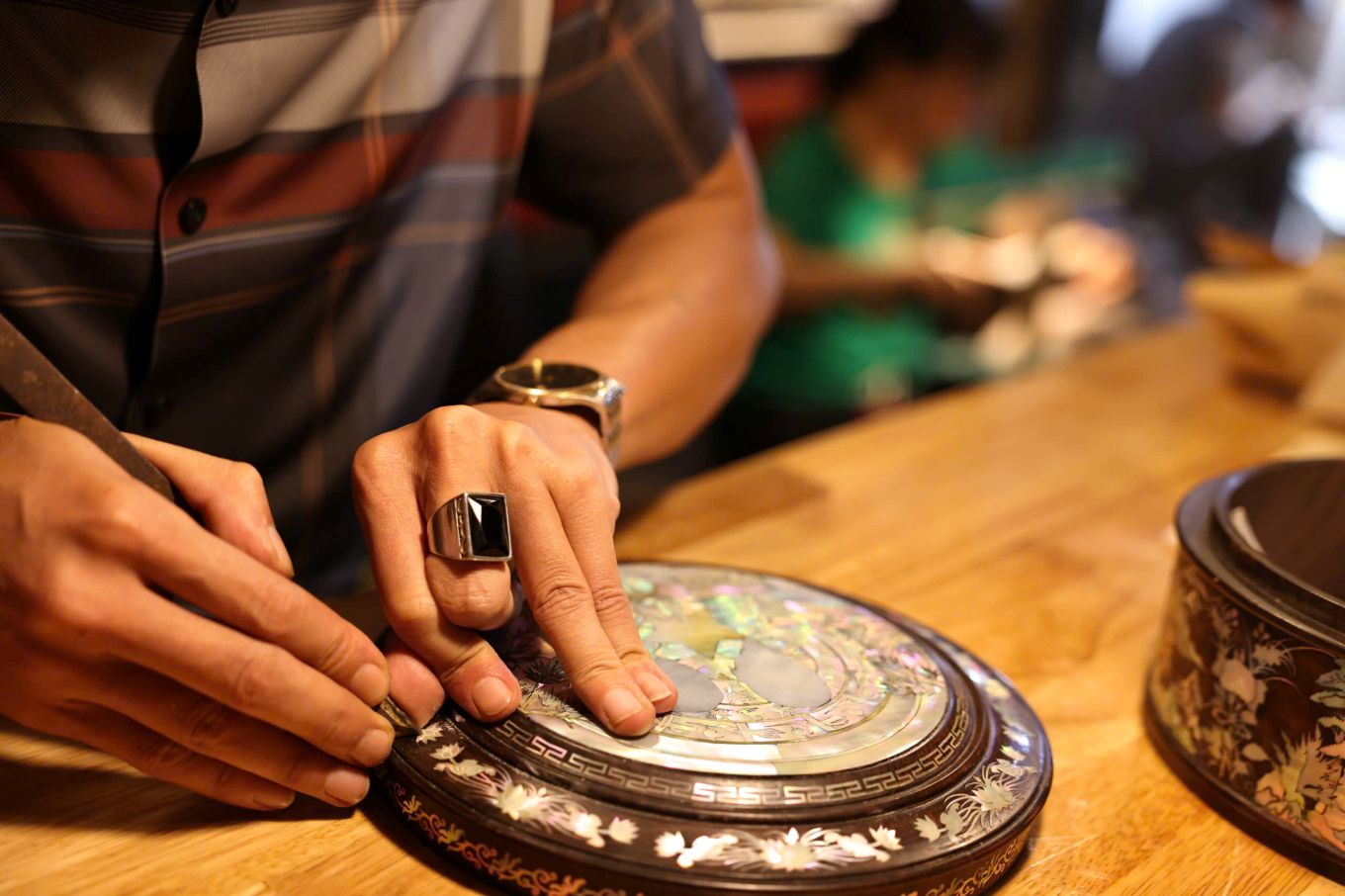
To reduce the portrait, the craftsman had to choose each piece of snail for every detail on the face. We must describe the charisma, style, even the thinking of the character, each stroke requires many years of experience accumulation. Although it is difficult, there are now many artisans in the village who are confident in painting portraits of national heroes and great men of the country, said artist Nguyen Ba Tue.
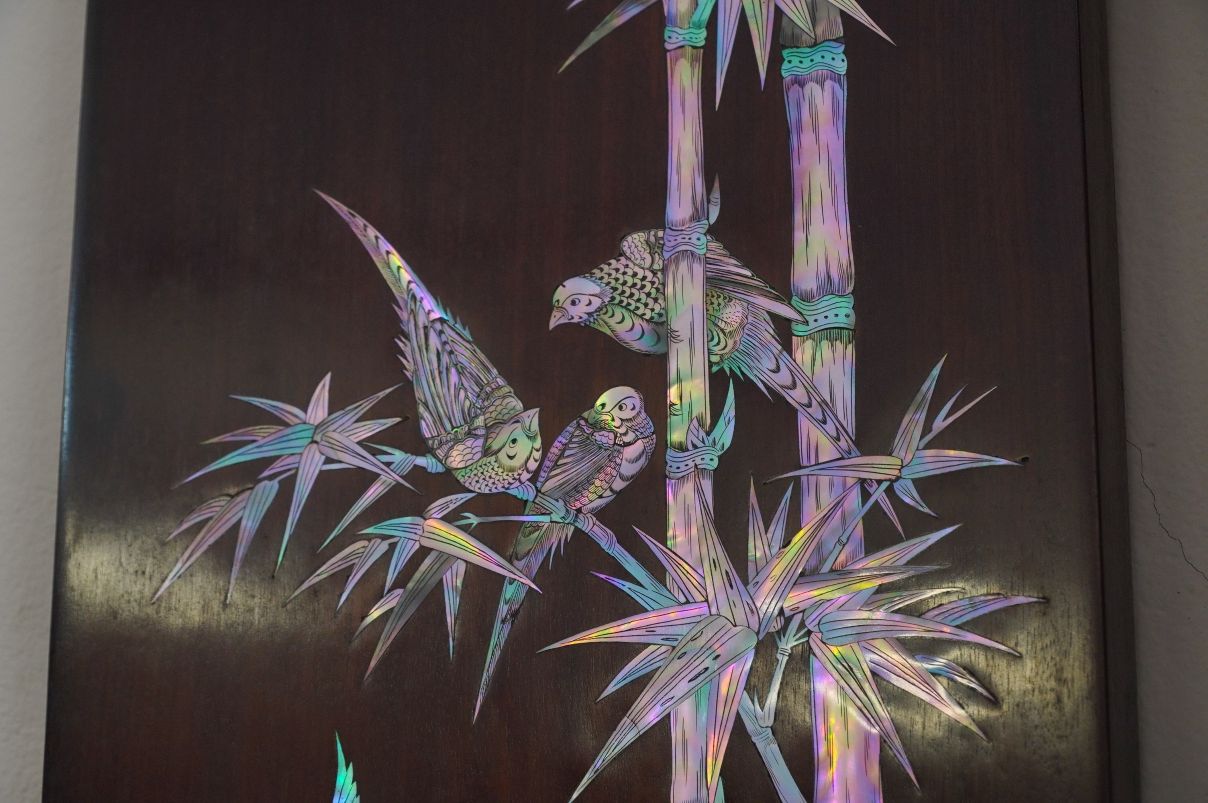
Having been in the profession for 40 years, Mr. Tue has been presented with skills and exchanged experiences many times by village representatives across the country. The job passed down by his father to Mr. Tue's family earns about 500 million VND per year. To preserve the traditional profession, he had 2 sons follow in his footsteps.
"For us, being less than a job is also a bond of the ancestors, so we have the responsibility to preserve it for our children and grandchildren," said Mr. Tue.


